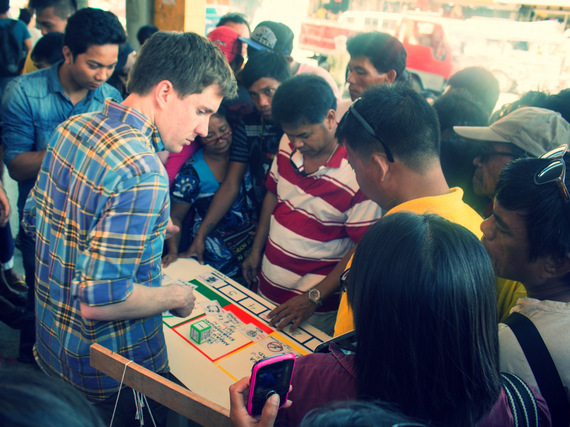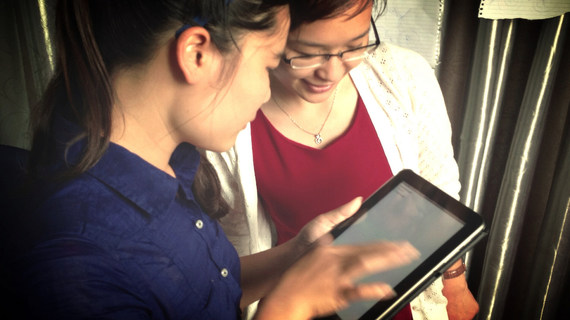Everyone loves coming up with solutions that make positive change in the world, but sometimes they are a mirage. You come up with a solution and drive toward it like a sparkling lake in the desert, only to find it evaporate as you close in on the actual problem that needs solving.
Amina J. Mohammed of Nigeria, who is special advisor to the United Nations Secretary General, tells the story of building a well to supply a village with clean drinking water, then discovering the villagers are wary of drinking the well's water and won't use it. In this instance, a solution was provided, but it didn't fix the problem of the village's lack of potable water because social norms and customs were not factored into the core problem.
A few years ago, our team here at CauseLabs almost delivered a mirage solution in Ghana as we worked with several organizations to help solve the problem of open defecation in streets, near waterways and within communities. Our role was to build a tool on the principles of community-led total sanitation, a methodology to eliminate open defecation. Our initial plan was to build a text messaging solution for community engagement, but after we began meeting with the potential users of our "solution," we discovered it wouldn't actually solve the problem.
It was a mirage.
The reason it evaporated? Individuals in that community would be charged for every text message and call, and they didn't use their mobile phones in that way. Instead, they used a system of "flashing," or split-second calls that are hung up before the recipients pick up. The idea is that recipients of the flash can then call back, having to pick up the tab for calls. Flashing is a system with unwritten rules but it is generally hierarchical with the person who is a superior in work or financial status responsible for calling back.
When we realized our solution wasn't going to solve the problem, we built a work-around system that allowed local residents to use flashing to report open defecation in their community. Now this was the cool lake we'd been pursuing, and it eventually led to an increase in members of the community reporting open defecation areas, which could then be addressed through education and community intervention.
An Abundance of Problem-Solving Methods
It all starts with the problem. For some people, the desire to create and build is in part due to a need to solve problems. It is ingrained in their DNA.
But is there a systematic approach for social good problem solvers to be successful? Absolutely. In fact, there are a myriad of documented approaches, and all can work. Some of our favorites are Human-Centered Design, Lean, Agile Project Management, and of course, the Scientific Method. We have used all of these over 10 years managing projects and designing and developing software for social impact, and we've concluded that while they all hold value, there is no singular right way to solve problems.
There is, however, a wrong way that can lead to timely and costly mistakes - that mirage of providing a solution when you really need to focus on the root problem and the people who are affected.
So how do you train your problem-solving initiatives on the right targets?
Five Steps To Solving The Actual Problem
1. Define. Understand the problem. Human-centered design principles help us examine the needs and behaviors of the people affected by the problem.
2. Plan. During the planning phase we identify our users, brainstorm solutions, prototype and test our assumptions, and use observations and interviews to validate our concepts.
3. Design. Once we are fairly certain of the concept we want to build, we design the project Blueprint. It details all of the requirements for the minimum viable product, or MVP.
4. Build. We keep true to both the Lean and Agile development methodologies and aim to build only what is necessary to test our solution to the problem.
5. Learn. We collect and analyze results so we can pivot or enhance the product. The smaller the MVP, the easier it is to know what may need changing.
Throughout the entire process, the feedback and metrics you receive from your audiences, users or customers is critical to solving the problem. At this point, you can hopefully say, "problem solved." If you can't, it is time to start the process all over again.


